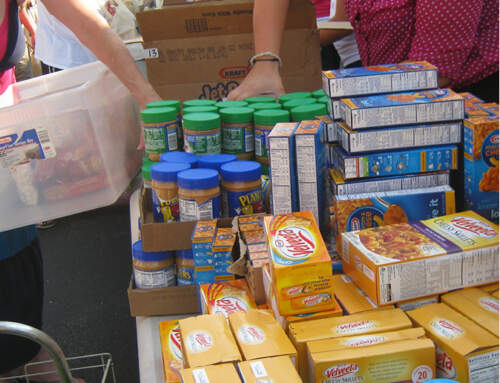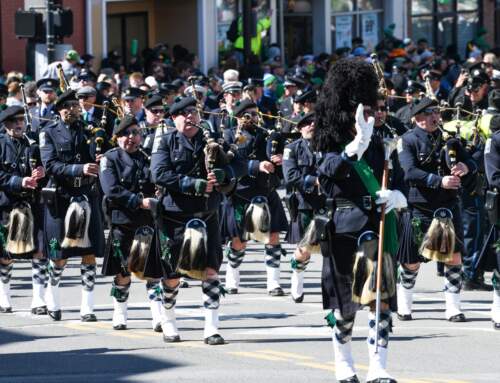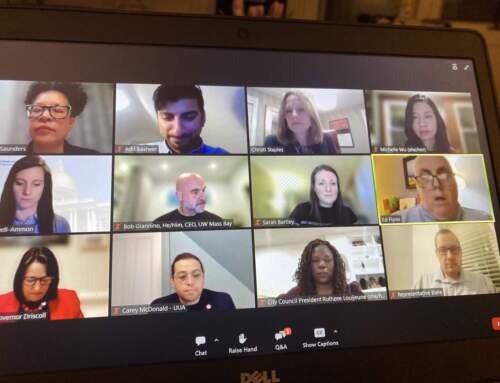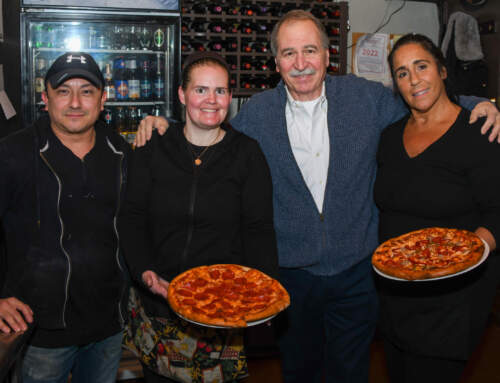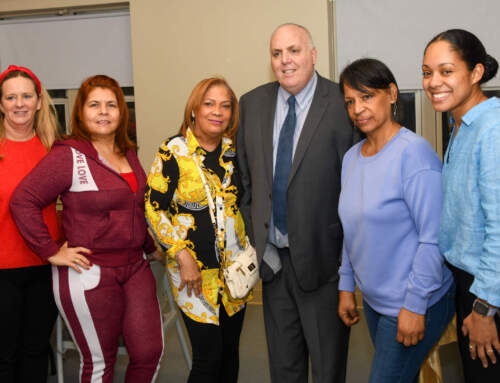by Rick Winterson
In the dim and misty past that was once the 20th Century, neighborhood rivalries in South Boston were intense. Because West Broadway attracted so many people – shoppers, movie goers, Sunday strollers, and so on – the denizens of West Broadway at that time started calling it “Big Broadway”. This, of course, meant that East Broadway became Little Broadway.
But times changed. Influences such as closures, relocations, forced busing, altered economics, and the inevitable urban decay brought hard times to West Broadway. We’ll let the urban anthropologists at Harvard do their PhD dissertations on exactly why this happened, and even more important, exactly why the changes along West Broadway have reversed themselves. But suffice to say, they have indeed reversed themselves – Big Broadway is back!
Just take a walk along West Broadway any sunny Sunday afternoon (except late in the afternoon on February 4). Start at whichever end is convenient for you. Note the changes that have occurred since the new 21st Century began. West Broadway stretches for approximately 4,000 feet between Perkins Square and Broadway Station on the Red Line – that’s roughly three-quarters of a mile, about a 20-minute walk. But please take your time. Stop in and enjoy the many, many places – some brand new, some originals – that are there on West Broadway for your enjoyment and for you to use.
The westernmost block of West Broadway, from Dorchester Avenue to A Street, has been essentially replaced completely. 9 West Broadway began the trend: From The Quiet Man, Cardinal Cushing/Notre Dame School, and the O’s to Stephi’s, Starbuck’s, Worden Hall, The Maiden, Teriyaki House, and Social Wines. But thank you, Steve Mulrey: Amrhein’s and Mul’s are still popular and well patronized places to go.
A number of new business branches have come to West Broadway, among them Foodie’s, the City of Boston Credit Union, and TD Bank. All seem to be prospering. The TD Bank branch sits on the lot where the original Blinstrub’s Village once sat – in its prime, Blinnie’s was America’s largest night spot. Public service anchors that are still on West Broadway include the Laboure Center and the South Boston Community Health Center (two locations).
The most prominent uses for the new buildings along West Broadway are for residences. The pace of building is high octane. Including the Seaport, thousands of new residents have moved, or will soon move to, South Boston. That will bring at least a one-third increase in our population, compared to the last census figures of 31,000 (in 2000) and 35,000 (in 2010).
There are many new places, at all levels, to dine and drink and shop along West Broadway. These include Lincoln, Loco, CAPO (which has a jazz club, too), Caffe Nero, Fromage, and Certified Meatball. Our original favorites seem to be doing well also – Rondo’s, Shenannigan’s, The Clock, and Arpeggio’s. And don’t forget Sweet Tooth. The trend toward new shopping experiences, such as craft establishments and consignment stores, is exemplified by Neatly Nested, Covet, and GoGarbaj between E and F. And visit “Art around the Corner”, Southie’s newest gallery at E and West Broadway.
Right now, Perkins Square is an unfinished story at the eastern terminus of West Broadway. But changes there are afoot – look for them to begin soon.






